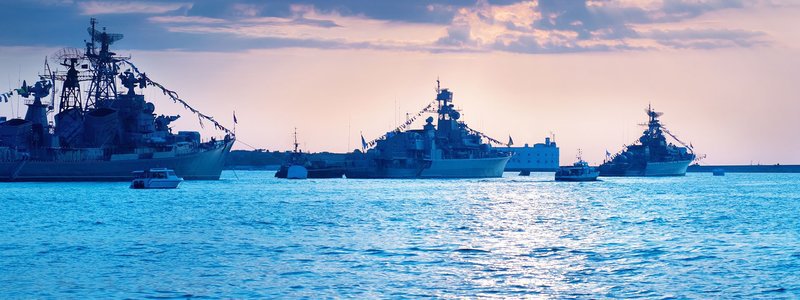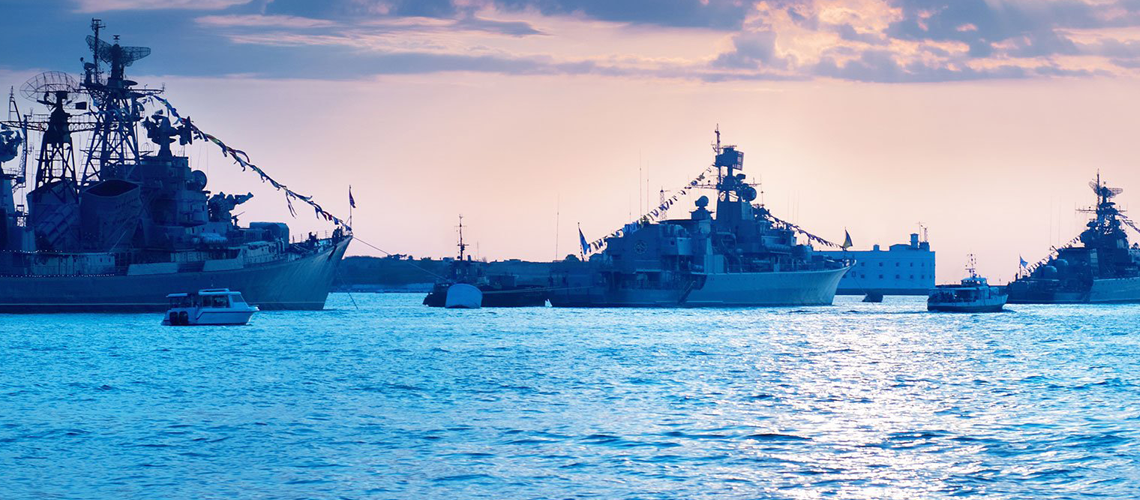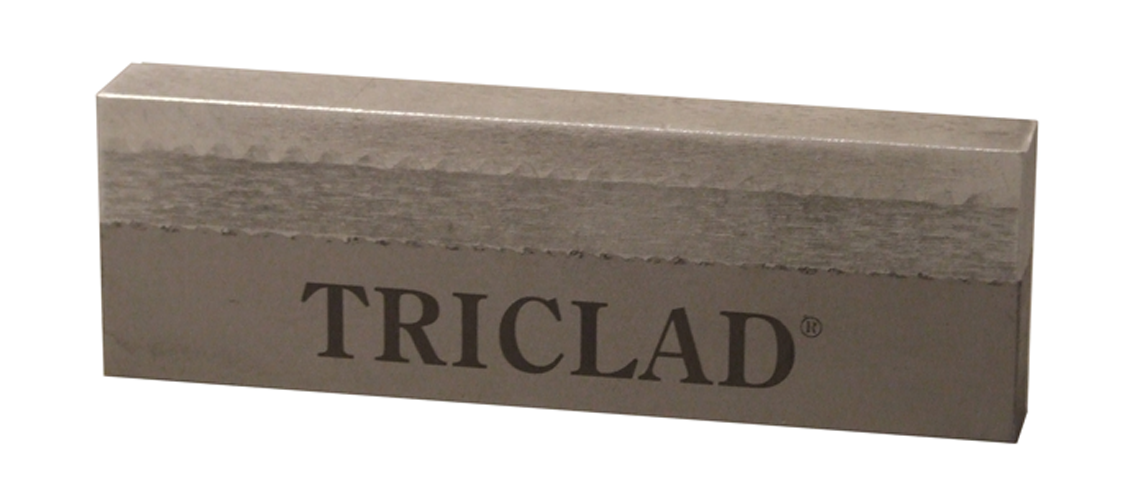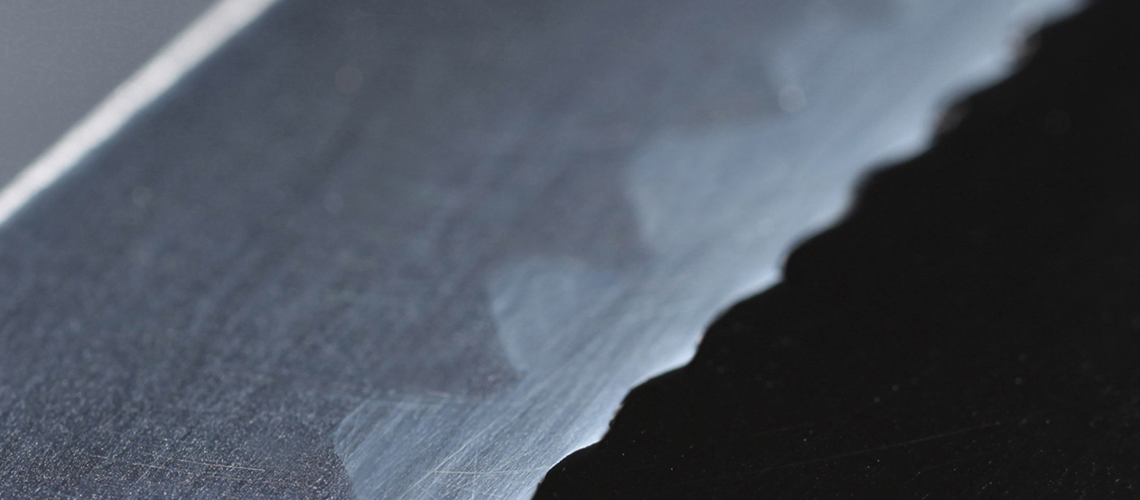
The application of TriClad in the marine industry
The application of TriClad in the marine industry
Shipbuilders in the marine industry who are looking for a way to extend a ship’s life know that welded clad metal can help. With the superior strength that TriClad offers, a steel hull can be connected to an aluminum structure. Triclad is way more reliable than mechanical fasteners.
TriClad is a structural transition joint (STJ). These structural transition joints are used to join structures that are made from dissimilar metals. Triclad has been serving the marine industry for over 50 years! Triclad is designed to facilitate the joining of marine grade aluminium structures to steel structures.
About structural transition joints
About structural transition joints
TriClad is designed to facilitate the joining of marine grade aluminium structures to steel structures.
What is a structural transition joint?
Structural Transition Joints are able to join a wide range of materials that would otherwise have to be mechanically fastened. STJ's are used in the marine industry because the joining of these materials saves weight and exploits the best properties of both materials.
Application of TriClad in the marine industry
- Joining aluminum structures to steel decks
- Joining aluminum decks and bulkheads to steel hulls
- Fit shelter decks to steel boats
- The modernization of containers electronic equipment to steel decks (for example with warships during refits)
- Adding additional accommodation to existing vessels
- Fitting steel components to aluminum hulls
- Repairing or strengthening corroded mechanical gasket joints on marine ships where STJ’s were not originally specified.
- Providing a wear resistant keel on beach launched aluminum vessels
TriClad: the product
Shipbuilders in the marine industry want to build the most reliable ship or vessel. For the most important welds in the ship, shipbuilders rely on TriClad. With this transition joint, they make the right choice.
TriClad is produced as a parent plate in a standard size (1300 x 3800 mm). From this parent plate, strips and other shapes are cut. TriClad is available in:
- Squares
- Rectangles
- Discs
- Complex shapes
Advantages of TriClad in marine shipbuilding
When using TriClad, rare metals are saved. Furthermore, TriClad is very cost effective. The structural transition joint makes it possible for dissimilar metals to bond. While it is impossible to weld aluminum and steel with conventional methods, Triclad makes it possible to bond the two while the original metal properties are maintained.
When building a marine ship, the reliability of the vessel is fundamental. Having a strong foundation to rely on for the most important welds in a marine ship requires the right materials. With TriClad, the reliability and performance are guaranteed.
The advantages of TriClad, opposed to traditional joining methods:
- Reduce costs
- Improve service life
- Short delivery time
- Easy installation process that saves time and money
- Replaces traditional rivets / bolts and increasing tensile strength
- Watertight
- Any corrosion is self-extinguishing
- No failures in high stake environments
- Tested and approved according the MIL-J-24445A
- Tested and approved according the EN10204/3.2
- Reduced weight
TriClad as a solution for the marine industry
TriClad aluminium-steel transition joints are used to provide an efficient and maintenance free welded connection between aluminium and steel structures on board vessels and offshore constructions. The metal grades are designed to be compatible with the commonly used marine grades of aluminium and steel.
Transition joints (bimetallic strips or pads used to facilitate the joining of dissimilar metals by welding) are the best solution for situations where corrosion is unwanted. When two metals cannot be joined by conventional welding processes, mechanical joining techniques are often used. But with those mechanical joining techniques comes corrosion and a relatively short service life.
Unlike mechanical joints, there are no corrosion prone crevices with TriClad. Also, no stress corrosion has been reported to date. However, a lot of people wonder how Triclad behaves in a marine environment relative to galvanic corrosion. The solid metallurgical bond restricted the electrolyte from penetrating the interface, while the build up of corrosion product prevented extensive pitting.
Why the marine industry chooses TriClad
TriClad is produced by NobelClad, the world leader in the field of explosion welding. We have more than half a century of expertise, and we are the one company with the most global resources and infrastructure committed to clad, offering bi-metallic solutions for complex industrial markets, including transportation, marine and defense.
Read more about TriClad:
Product | Production | Advantages | Approach | Brochure | FAQ | Contact
Find out more about structural transition joints and TriClad:
About TriClad | General background of explosion cladding | TriClad's corrosion resistance | Welding aluminium to steel | Joining aluminium to steel | Aluminium steel welding | What is a structural transition joint | Structural transition joints: DetaCouple and TriClad | Explosion welding | Explosion bonding | Explosion cladding | The application of TriClad in the marine industry | TriClad plate in strips - cut on demand for you | TriClad for cruise ships | Yacht TriClad | Marine TriClad





